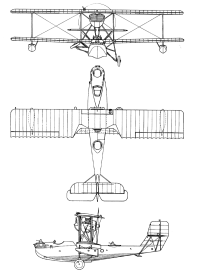Top speed 185 km/h Length 11 m | Wingspan 14 m Designer Maurice Hurel | |
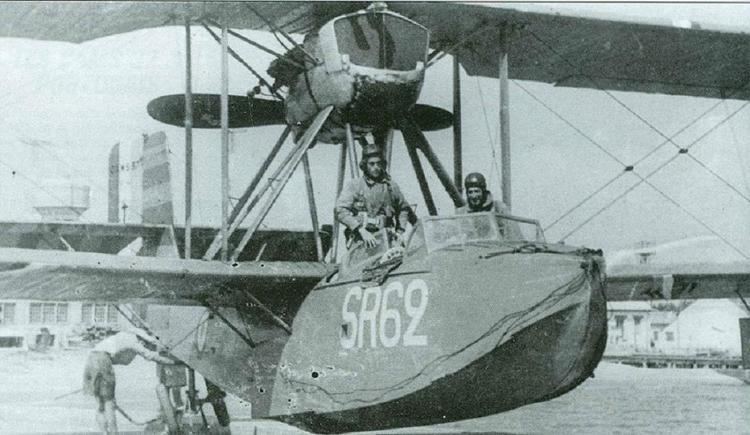 | ||
Manufacturer | ||
Azur cams 37 lia 1 72
The CAMS 37 was a flying boat built in France in the mid-1920s that was originally designed for military reconnaissance, but which found use in a wide variety of roles in a large number of versions. It was the first design for Chantiers Aéro-Maritimes de la Seine (CAMS) by the company's new head designer, Maurice Hurel. The prototype was displayed at the 1926 Salon de l'Aéronautique in Paris. The prototype first flew in 1926, and after testing was ordered into service before the end of the year. It was a conventional biplane flying boat very similar to previous CAMS designs, being driven by a pusher propeller whose engine was mounted on struts in the interplane gap. The first production version was the amphibious CAMS 37A that was bought by the French Navy, the Portuguese Navy and the aeroclub of Martinique.
Contents
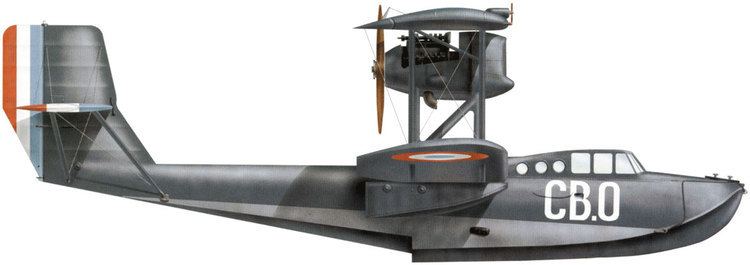
The aircraft became something of a jack-of-all-trades for the French Navy, operating from every Naval Air Station and from many capital ships. Some of the type's most significant moments were trials conducted by Compagnie Générale Transatlantique on the SS Île de France to evaluate the feasibility of catapult-launched mailplanes for their transatlantic liners using two specially-built 37/10s. Another famous use of the aircraft was on René Guilbaud's long-range flight through Africa and the Mediterranean between 12 October 1927 and 9 March 1927, venturing as far as Madagascar before returning to Marseille. In the course of the flight, he covered 22,600 km (14,000 mi) in 38 stages without incident.
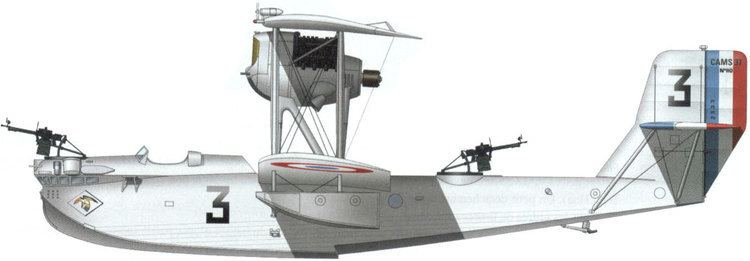
The CAMS 37 was gradually phased out of operational service in the mid-to-late 1930s, and by the time World War II started in September 1939, the aircraft had been relegated to training and communication roles. On mobilisation, however, CAMS 37/11 trainers were used by two units for coastal patrol, with one unit, Escadrille 2S2 continuing in service until August 1940. Outside mainland France, CAMS 37/11 trainers continued in use with a Free French unit in Tahiti until 15 January 1941, and with a Vichy France unit in Indochina until 1942
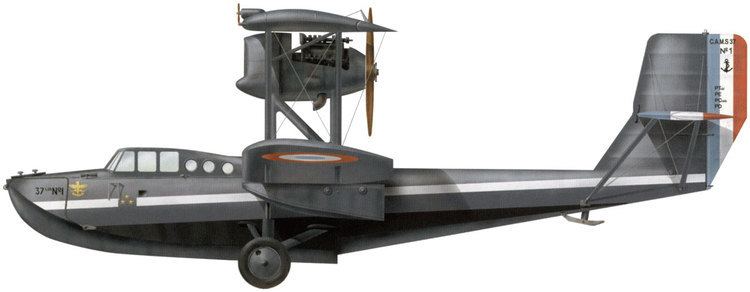
Variants
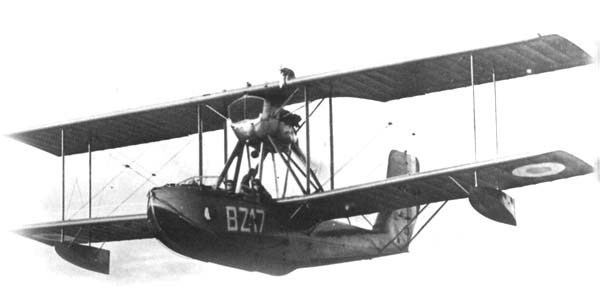
Operators
Specifications (37/2)
General characteristics
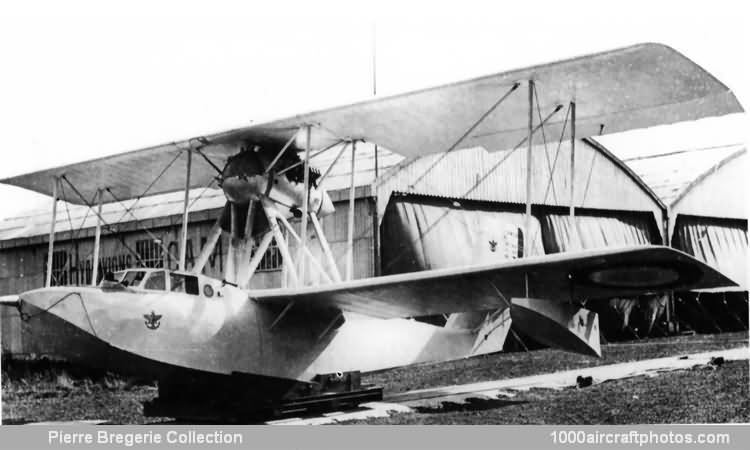
Performance
Armament

